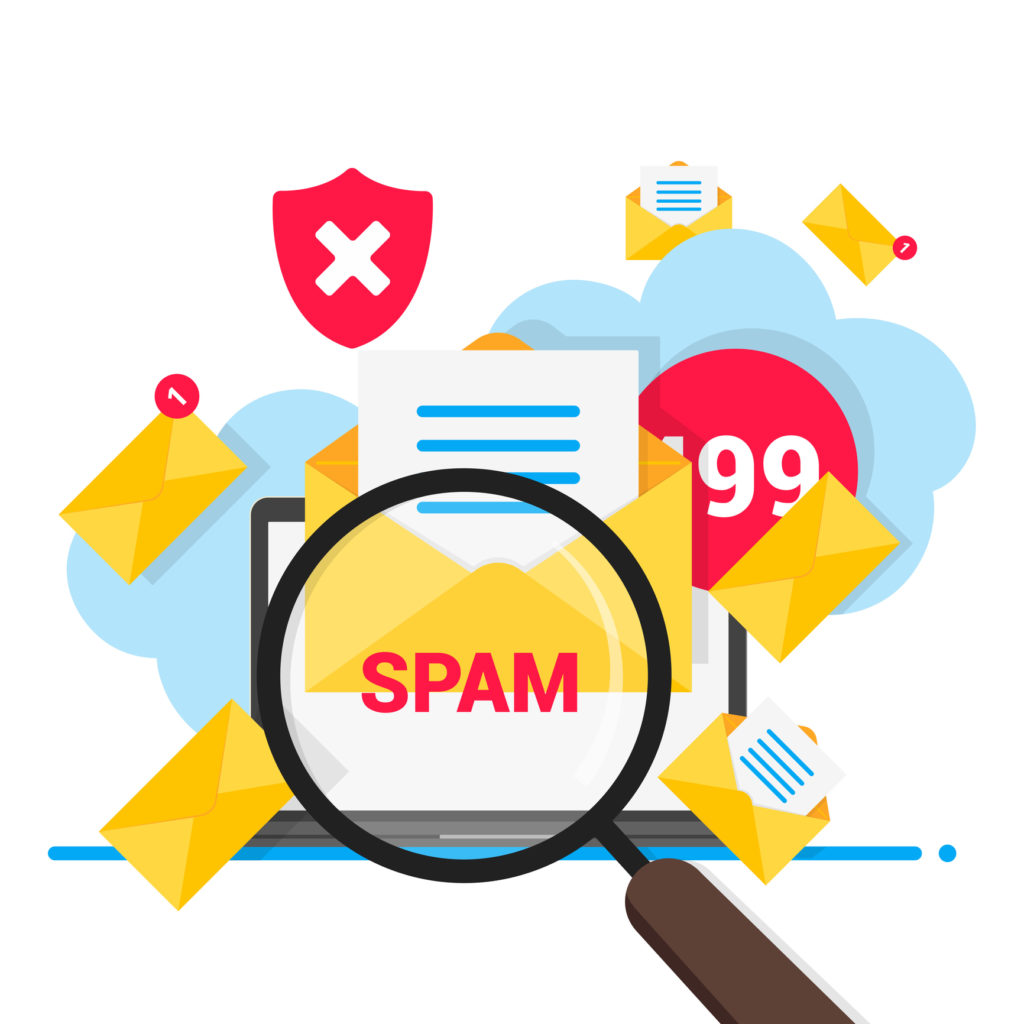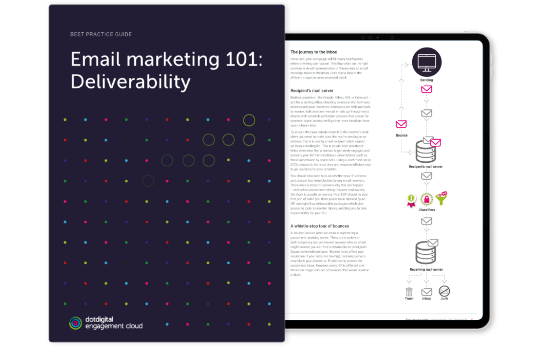Can your email subject line land you in the spam folder?


Every once in a while we get asked, “is having this word in my subject line going to make my email go into spam?” or “my email has gone into junk, is it because I used emojis?”
In this blog post, we’re going to talk about where this question comes from and whether it’s still relevant when sending marketing emails today.
TL; DR
In most cases, the answer is: no, that one word will not or did not cause your email to go to junk.
Most mailbox providers rely on complex algorithms that create reputation scoring for sending IPs and domains, and take into account how their users are interacting with the emails – including giving the option to “complain” about an email by marking it as spam. Some mailboxes will fingerprint content and compare it to similar emails received, looking at how their users interacted with those. There are numerous factors that go into a mailbox provider’s decision about whether the message is a wanted email or unwanted spam.

Sure, if your reputation is in a very grey area – maybe your data acquisition isn’t as good as it could be, you’re not retiring inactive subscribers at the right time, or your content doesn’t match up with what they’re expecting – then sending something that looks a bit spammy could be the straw that breaks the camel’s back, landing you in the junk. But for the most part, ending up in the spam folder is a symptom of a larger issue with your email marketing strategy and not just a word in a subject line.
However, we did recently find a regional exception to the rule – so keep reading…
The olden days
Email spam really started to become a problem in the mid-1990s, and ever since then mailbox providers have been inventing and implementing increasingly intelligent ways to filter or block it and ensure inboxes are usable.
The first attempts to block spam were solely IP-based – if you block the IP from whence the spam came, boom! – no more spam. However, spammers quickly got around this by regularly switching their IPs. They gain access to an IP (legitimately by renting it or illegitimately by accessing an unsecured server), send out a huge number of emails – often in the millions – and then abandon it once it becomes blocked. Then they go looking for the next IP and it all starts up again.
Mailbox providers soon realized that there were common themes and words used in spam emails. Original content filtering would assign points for using words like “free”, “cash”, “viagra”, etc. and if the email gained too many points then it would be junked or blocked.
Of course, every time mailbox providers make a move to block spam, the spammers change tactics. Filtering based on particular words quickly became ineffective as the spammers changed the spellings of words, inserted spaces between letters, or even used other characters that look similar to build words. That’s why mailbox providers took the next leap of looking at user interaction and building reputation scores for senders.
So the question, “is having X in my subject line going to make my email go to spam?”, comes from a place in history. Once upon a time in email land, it was really important and relevant to not use too many of these “spammy” trigger words in your emails, because it could indeed affect your inbox placement. Nowadays, marketers need much more awareness of how the data they’re sending to was collected and how their recipients are interacting with their emails if they want to maximize inbox placement and ROI for their campaigns.
The exception to the rule
All that being said…
When we investigated some issues with delivery to an APAC mailbox provider, we found that one of our clients had a problem with their usual email campaign send.
We know that big mailbox providers like Gmail, Microsoft, AOL, and Yahoo focus on user engagement when building reputation and deciding on inbox placement. For our APAC region clients, 80% of emails go to just five mailbox providers – including this particular mailbox provider. Given the scale of this mailbox provider in terms of size and infrastructure, we presumed they were using similar algorithms for intelligent filtering.
We suspected it could be due to reputation: an abuse-prone list acquisition process maybe, a semi-irregular sending pattern, or a limited amount of segmentation. This probably resulted in the email landing in junk. The subject line did include an element of gift card promotion, a popular product which spammers often peddle – so we concluded that recipients receiving the message were having to process its legitimacy and remember if they had signed up for the email, resulting in either confusion or outright annoyance. We believed it likely that recipients had complained to the mailbox provider who in turn took some action as a result.
On further investigation, we couldn’t pinpoint anything in the client’s strategy that was particularly problematic (apart from the somewhat suspect subject line) and they have great brand recognition. We escalated to see if we could get further information to help identify the problem.
Surprise twist: the response we received was not that this was caused by complex reputation problems. In fact, the messages were indeed blocked due to the spammy subject line and an emoji.
We worked with the mailbox provider to determine that it was a false positive and resolve the issue. But in today’s world where user engagement has become the focus, the whole team was surprised to learn that such a large (albeit regional) mailbox provider still utilized filtering that focused on subject lines and emojis. How much spam is getting through to their users, simply because it doesn’t look like spam? And how many legitimate and wanted emails are they preventing their users from receiving?
One size doesn’t fit all
There are a lot of general best practices which marketers should be following – like the 6 Cs of Deliverability – to broadly maximize the success of their email campaigns. However, the make-up of each contact list will be very different. It’s important to know the mailboxes you’re sending to, how they filter out spam from legitimate mail, and how to leverage their features to improve your strategy (as discussed in our Gmail deliverability post).

It can be challenging for marketers to pinpoint where in their strategy they are going wrong if they are landing in the junk folder, and a one-size-fits-all approach to deliverability advice is not going to work for every brand. That’s why our world-class deliverability team is on hand to provide tailored advice and consulting for dotdigital clients.
Fancy more deliverability advice? Grab your free guide here.



